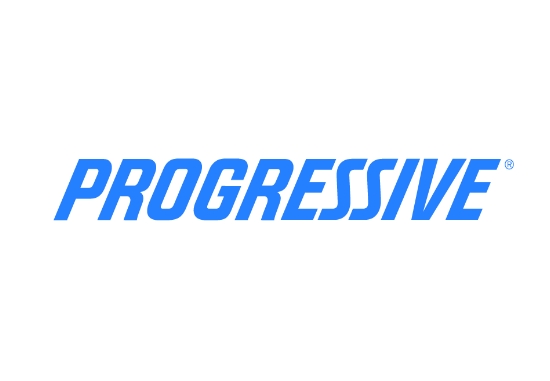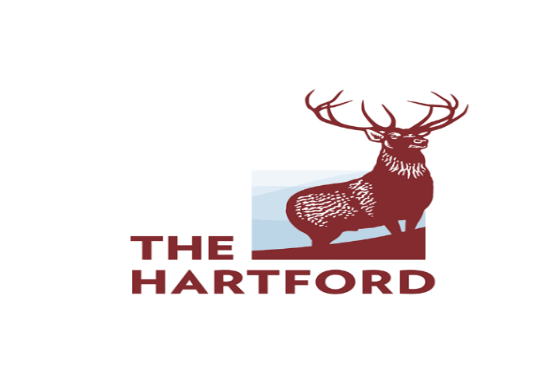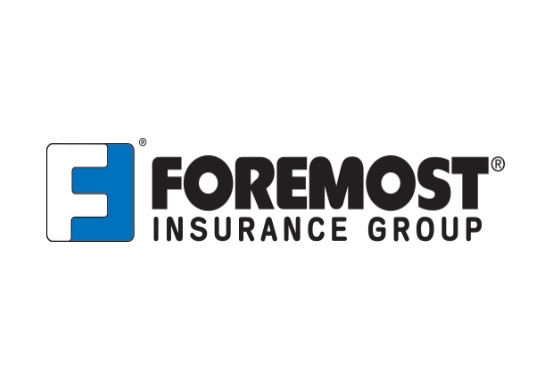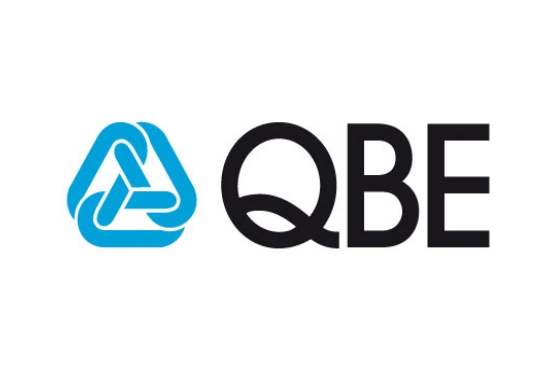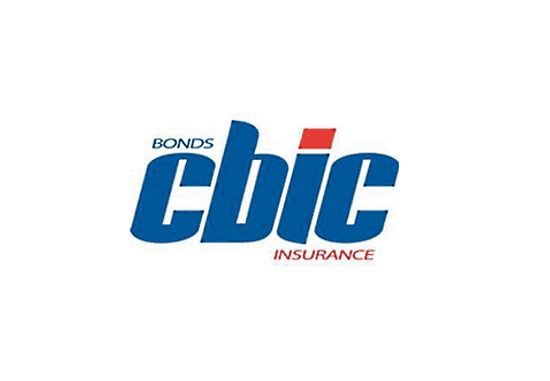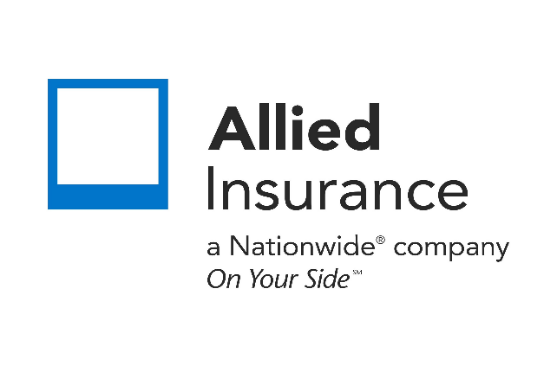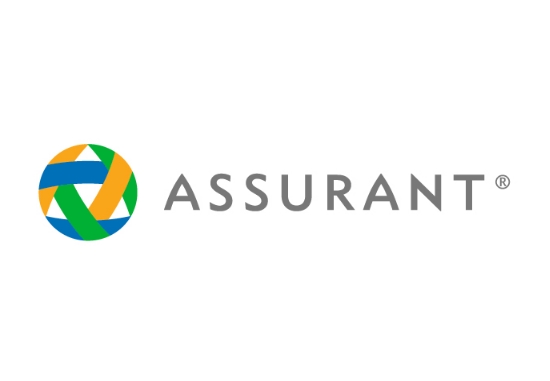How do medicare advantage plans work?
Understanding How Medicare Advantage Plans Work
Medicare Advantage plans, also known as Medicare Part C, offer an alternative way to receive your Medicare benefits through private insurance companies approved by Medicare. These plans provide all the benefits of Original Medicare (Part A and Part B) and often include additional coverage, such as prescription drugs, dental, vision, and hearing services. Here’s a detailed explanation of how Medicare Advantage plans work:
1. Enrollment and Eligibility:
To enroll in a Medicare Advantage plan, you must first be eligible for Medicare Part A and Part B. Most beneficiaries become eligible for Medicare at age 65, but eligibility criteria may vary for individuals with certain disabilities or medical conditions.
2. Plan Types:
Medicare Advantage plans come in various types, including Health Maintenance Organizations (HMOs), Preferred Provider Organizations (PPOs), Private Fee-for-Service (PFFS) plans, Special Needs Plans (SNPs), and Medical Savings Account (MSA) plans. Each plan type has its own network of doctors, hospitals, and other healthcare providers.
3. Coverage and Benefits:
Medicare Advantage plans offer the same coverage as Original Medicare (Part A and Part B), and many plans also include additional benefits not covered by Original Medicare. These extra benefits may include prescription drug coverage (Part D), routine dental and vision care, hearing aids, wellness programs, and gym memberships.
4. Cost Sharing:
Medicare Advantage plans typically require beneficiaries to pay premiums, deductibles, copayments, and coinsurance for covered services. Costs can vary depending on the plan you choose, the services you use, and whether you stay in-network or go out-of-network for care.
5. Provider Networks:
Most Medicare Advantage plans have provider networks, which means you’ll typically pay less for services if you use doctors, hospitals, and other healthcare providers within the plan’s network. Some plans may also offer out-of-network coverage, but at higher costs.
6. Prescription Drug Coverage:
Many Medicare Advantage plans include prescription drug coverage (Part D), either as part of the plan’s benefits package or as a separate add-on. This coverage helps pay for prescription medications, and beneficiaries must use pharmacies within the plan’s network to receive the most cost-effective coverage.
7. Annual Enrollment Period:
Beneficiaries can generally enroll in, switch, or disenroll from a Medicare Advantage plan during the Annual Enrollment Period (AEP), which runs from October 15 to December 7 each year. Additionally, there are Special Enrollment Periods (SEPs) available for certain qualifying events, such as moving to a new area or losing other health coverage.
8. Flexibility and Choice:
Medicare Advantage plans offer flexibility and choice in healthcare coverage, allowing beneficiaries to select a plan that best fits their individual needs and preferences. With multiple plan options available, beneficiaries can compare coverage, costs, and provider networks to find the right plan for them.
Medicare Advantage plans provide an alternative way to receive Medicare benefits through private insurance companies. These plans offer comprehensive coverage, including benefits not covered by Original Medicare, and often feature provider networks, cost-sharing arrangements, and additional perks like prescription drug coverage. Understanding how Medicare Advantage plans work can help beneficiaries make informed decisions about their healthcare coverage options.
We will find the best business insurance tailored to your needs. Read more…
Related Posts
Get a Right Insurance For You
SHARE THIS ARTICLE
We will compare quotes from trusted carriers for you and provide you with the best offer.
Protecting your future with us
Whatever your needs, give us a call, have you been told you can’t insure your risk, been turned down, or simply unhappy with your current insurance? Since 1995 we’ve been providing coverage to our customers, and helping people across United States.

